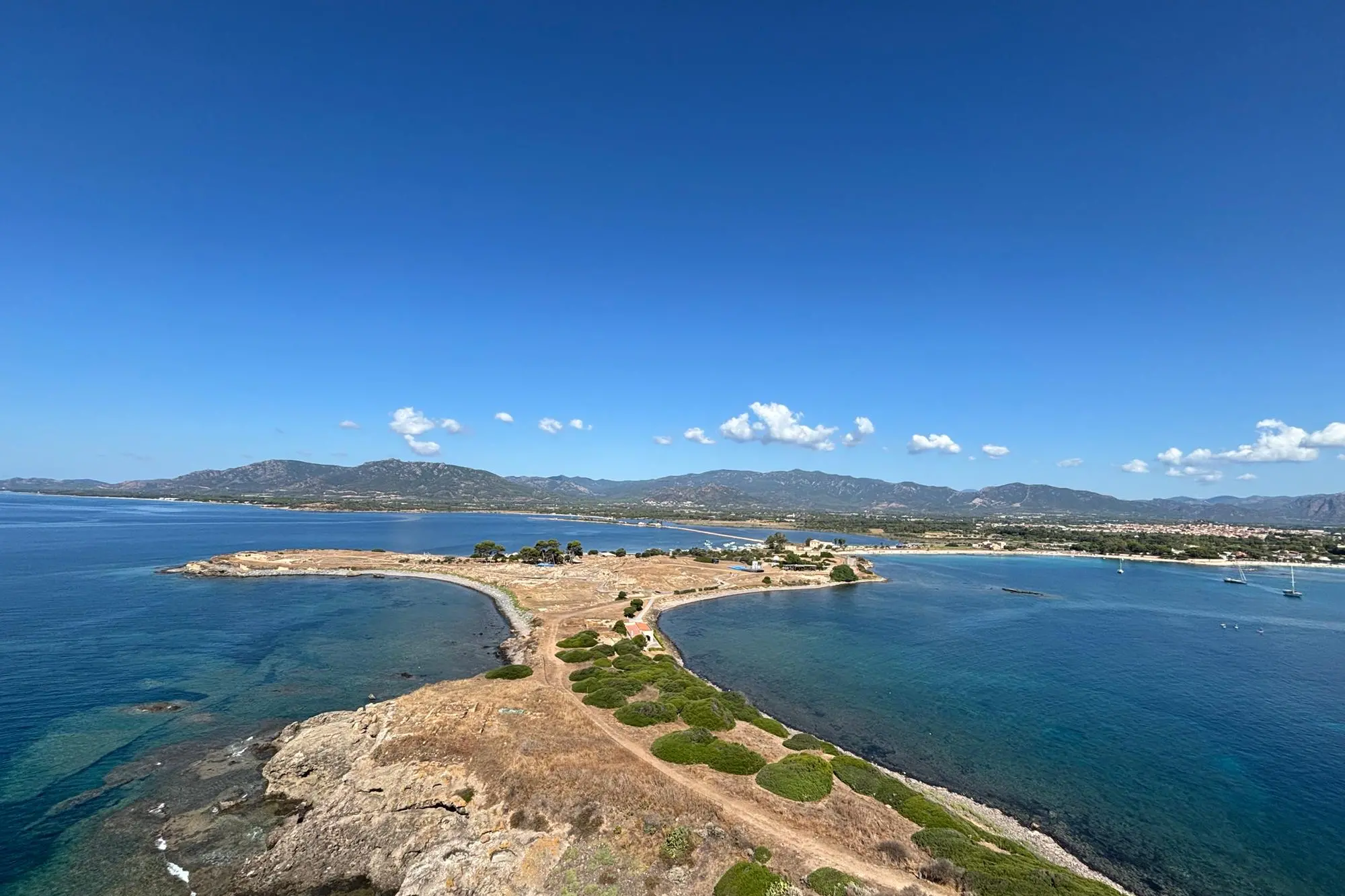Pula, archaeologists rewrite history: Nora may be the oldest city on the island.
The latest scientific evidence seems to confirm the hypotheses of the Greek geographer and historian PausaniasPer restare aggiornato entra nel nostro canale Whatsapp
The mortal remains of those who had inhabited that city since its birth speak for themselves , and if the first carbon 14 analyses carried out on bones examined by archaeologists last month were to be confirmed, the foundation of Nora would be backdated by a century , confirming the hypotheses of the Greek geographer and historian Pausanias, who considered it the most ancient on the island .
Nora may have been founded between 820 and 750 AD , and not a century later as previously thought: the discovery made by archaeologists – in close collaboration with the Superintendency Archaeology, fine arts, and landscape – could rewrite the history of settlements in Sardinia.
Jacopo Bonetto, full professor of Classical Archaeology at the University of Padua, who is leading the research, which may soon be confirmed, urges caution: " The results of the analyses conducted on the bones found in the oldest necropolis are revealing, but further investigations are necessary first. We will discuss this on October 30th in Vienna at a conference focused on the Early Iron Age. What we have discovered, however, would also lend coherence to the other datings, of the Stele and of the Portoscuso settlement, and would lend credence to what the Greek geographer and historian Pausanias wrote in the 2nd century AD: that the oldest city in Sardinia was Nora."
Further new information about Nora emerges from the work carried out by archaeologists from the Universities of Cagliari, Milan, Padua, and Genoa, which is being presented to the public at the PulArchàios conferences.
"Toward the Coltellazzo promontory , Punic-era walls, 2 meters wide and 80 meters long, have been discovered," Bonetto recounts, "which reveal that the hill was fortified, a place separated from the rest of the city, a place of refuge in times of danger. The results of the excavations conducted on the slopes of the sanctuary of Tanit are also very interesting." Mayor Walter Cabasino is very satisfied: " Every year the excavations never cease to amaze us; much knowledge we thought was consolidated is being rewritten by scientific evidence . All this is thanks to the five universities that annually lead the excavation campaigns and, in this specific case, to Professor Bonetto's staff from the University of Padua. Also of great importance are the discoveries revealed by Professor Marco Giuman from the University of Cagliari during the last conference, where the discovery of 1,500 coins from the Vandal era, a period of Nora's decline, was discussed."
For Councilor for Culture, Manuela Serra, the archaeologists' latest discoveries only confirm the importance of the Nora archaeological site : "Investments in culture, and therefore also in archaeology—so fundamental to our country—allow us to rewrite history and give even greater prominence to an area that already enjoys great artistic prestige. We are convinced that many more discoveries will be made, thanks to the studies of the five universities active on the site, which will bring to light important pieces of Nora's history."
